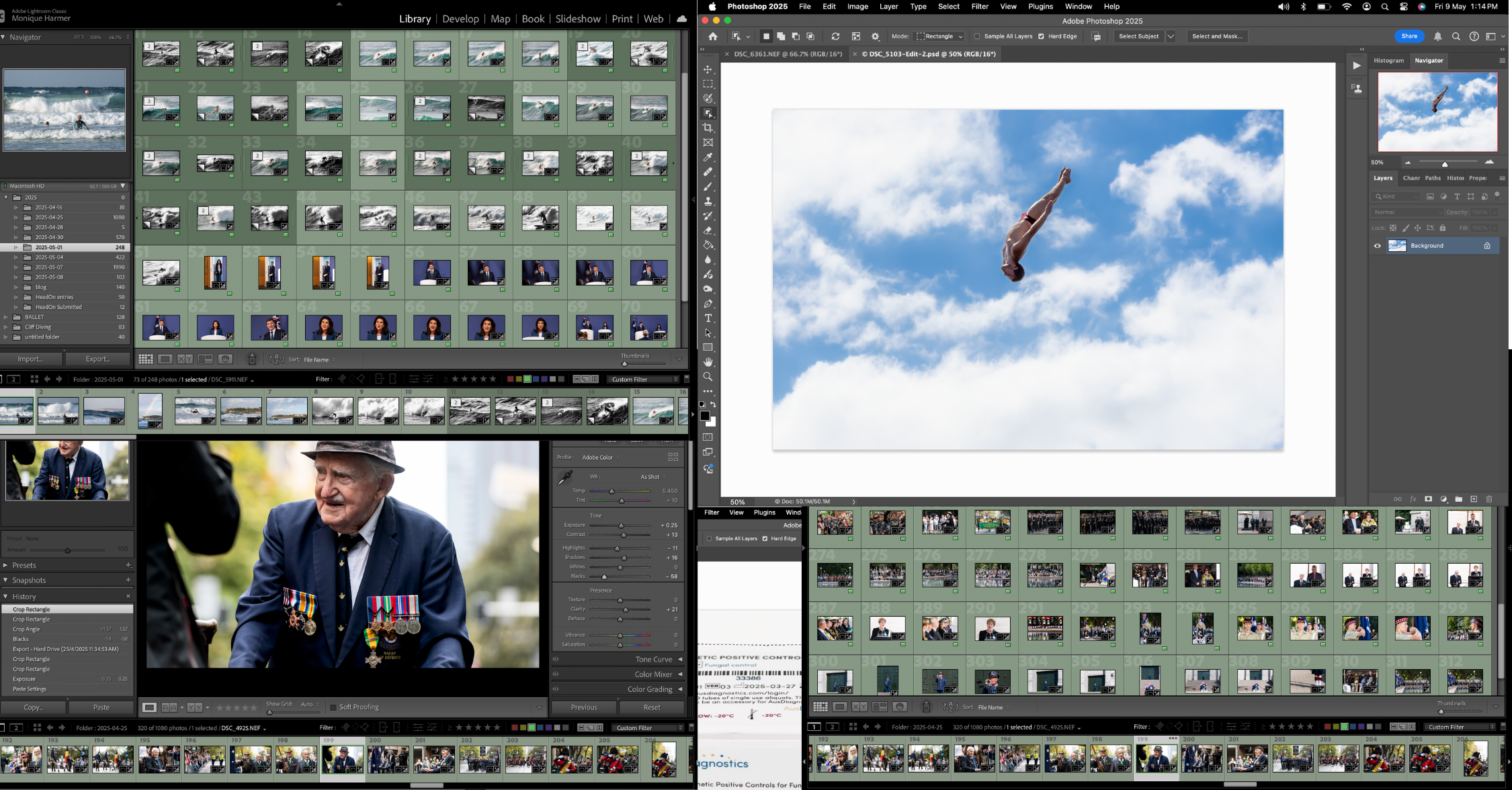
Edit Photos Like a Pro Lightroom Photoshop 2025
Mastering Creative Control📸 How to Edit Photos Like a Pro in Lightroom & Photoshop (2025 Creative Photographer’s Guide) How do
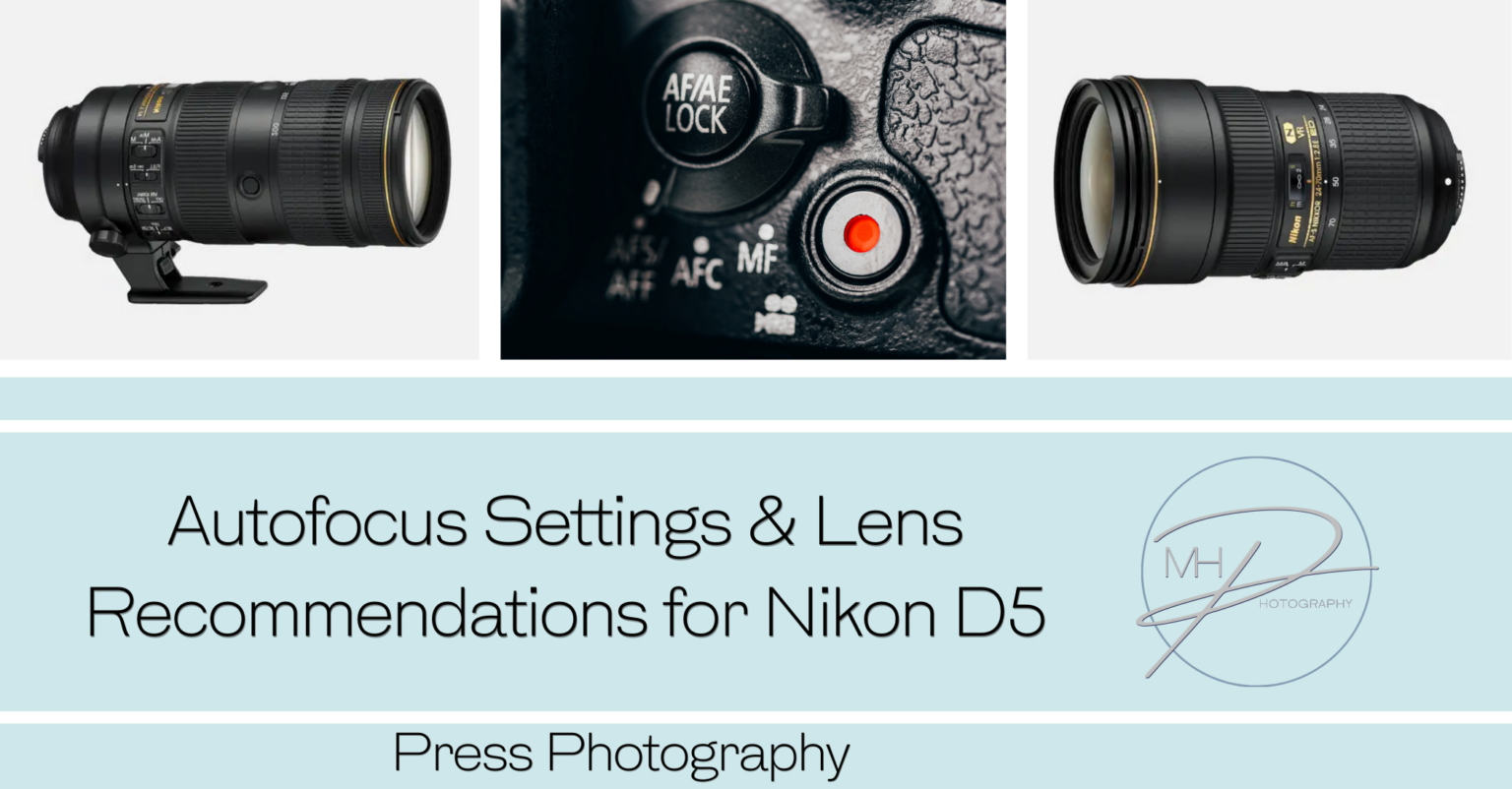
Nikon D5 is a high-performance DSLR built for speed, accuracy, and reliability—ideal for press photography. Here’s how to get the best autofocus performance with your 24-70mm, 58mm, 70-200mm, 80-400mm, and 16-35mm lenses in different shooting scenarios.
✔ AF Mode: AF-C (Continuous Servo AF)
✔ AF-Area Mode: Dynamic 25 or 72 Points (best for tracking moving subjects in crowds).
✔ Custom Setting a3 (Focus Tracking with Lock-On): Set to Short (faster response time for unpredictable subjects).
✔ Back-Button Focus (BBF): Assign AF to the AF-ON button for better control.
Best Lens: 24-70mm f/2.8 (versatile, fast AF for press work).
✔ AF Mode: AF-C (Continuous Servo AF)
✔ AF-Area Mode: 3D Tracking (best for following fast-moving subjects).
✔ Focus Tracking (a3 Setting): Set to Short for quick response.
✔ High-Speed Burst Mode: Use CH (Continuous High) at 12 FPS for action sequences.
Best Lens: 70-200mm f/2.8 (fast AF and great for isolating athletes).
✔ AF Mode: AF-C (Continuous Servo AF) or AF-S (Single AF) for static subjects.
✔ AF-Area Mode: Group-Area AF (reduces focus hunting in low light).
✔ ISO Sensitivity: Use Auto ISO with a max of 6400 or 12800 for cleaner images.
✔ Enable AF Assist Light (helps in extreme low-light conditions).
Best Lens: 58mm f/1.4 (superb in low light for natural-looking images).
✔ AF Mode: AF-S (Single AF)
✔ AF-Area Mode: Single-Point AF (for precise control over focus).
✔ Use Live View: If shooting still subjects, switch to Live View AF for more accurate manual adjustments.
Best Lens: 16-35mm f/4 (wide shots, storytelling images).
✔ AF Mode: AF-C (Continuous AF)
✔ AF-Area Mode: Group-Area AF or Dynamic 25 Points for tracking moving subjects.
✔ Use VR (Vibration Reduction): Helps stabilise longer focal lengths.
✔ High-Speed Burst Mode: Enable for action shots.
Best Lens: 80-400mm f/4.5-5.6 (long reach, great for distant subjects).
✔ Fine-Tune AF for Each Lens: Use AF Fine-Tune in-camera for sharper results.
✔ Update Firmware: Nikon regularly improves AF performance with updates.
✔ Pre-Focus on Anticipated Subjects: Helps lock focus before action starts.
✔ Use Back-Button Focus: More control over focus tracking in fast-paced events.
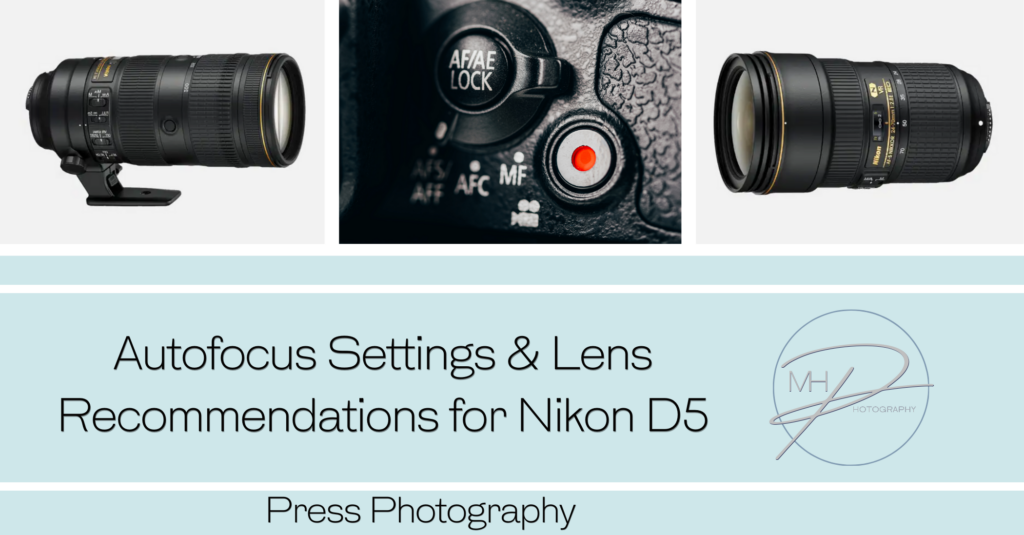
No spam, notifications only about new blogs & updates.

Personal and business brand photographer and educator, super passionate about empowering business women and men to have a positive self perception, with the right tools and guidance so they can share their gifts with the world.

Mastering Creative Control📸 How to Edit Photos Like a Pro in Lightroom & Photoshop (2025 Creative Photographer’s Guide) How do
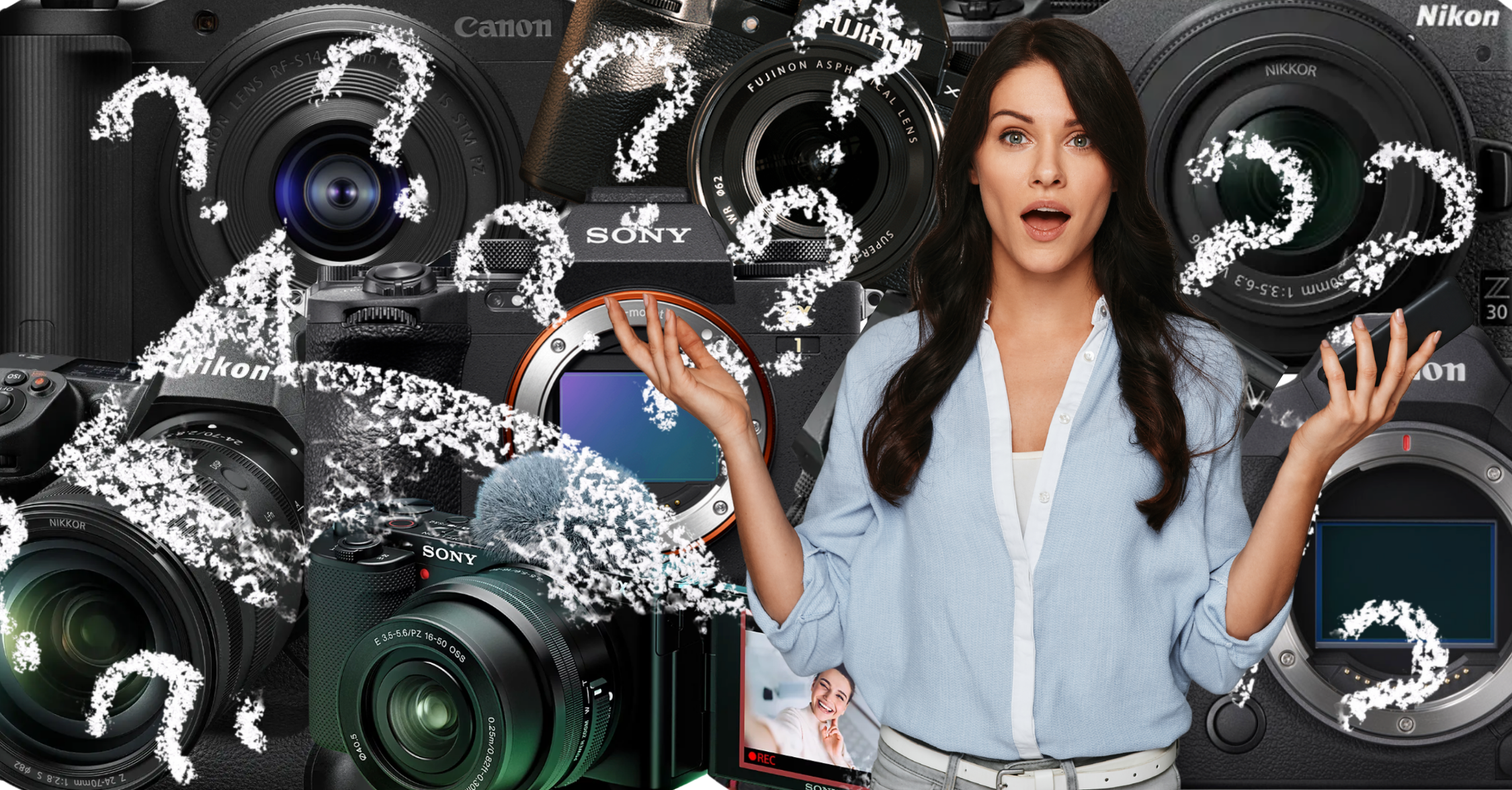
DSLR vs. Mirrorless in 2025: Which Should You Choose and Why It Matters In the fast-evolving world of photography, choosing
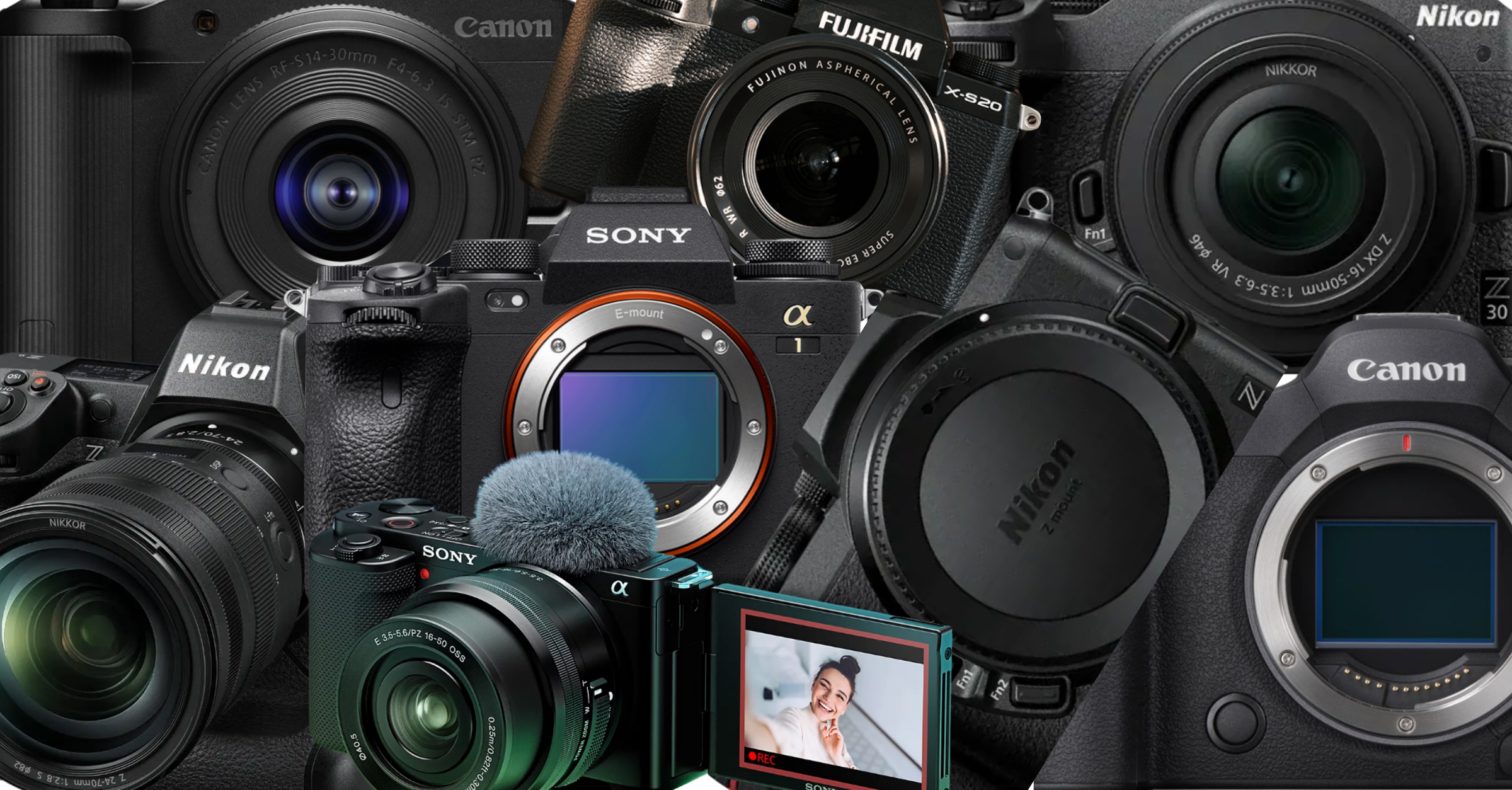
🔹 Best Cameras for Beginners (2025) 1. Canon EOS R50 Why: Compact, lightweight mirrorless with strong autofocus and image quality.

Mastering Low-Light Photography: Best Camera Settings With and Without Flash Low-light photography can be a creative playground or a technical

Why Posing Matters in Portrait Photography Posing isn’t about stiff limbs or forced smiles—it’s about bringing out the best in
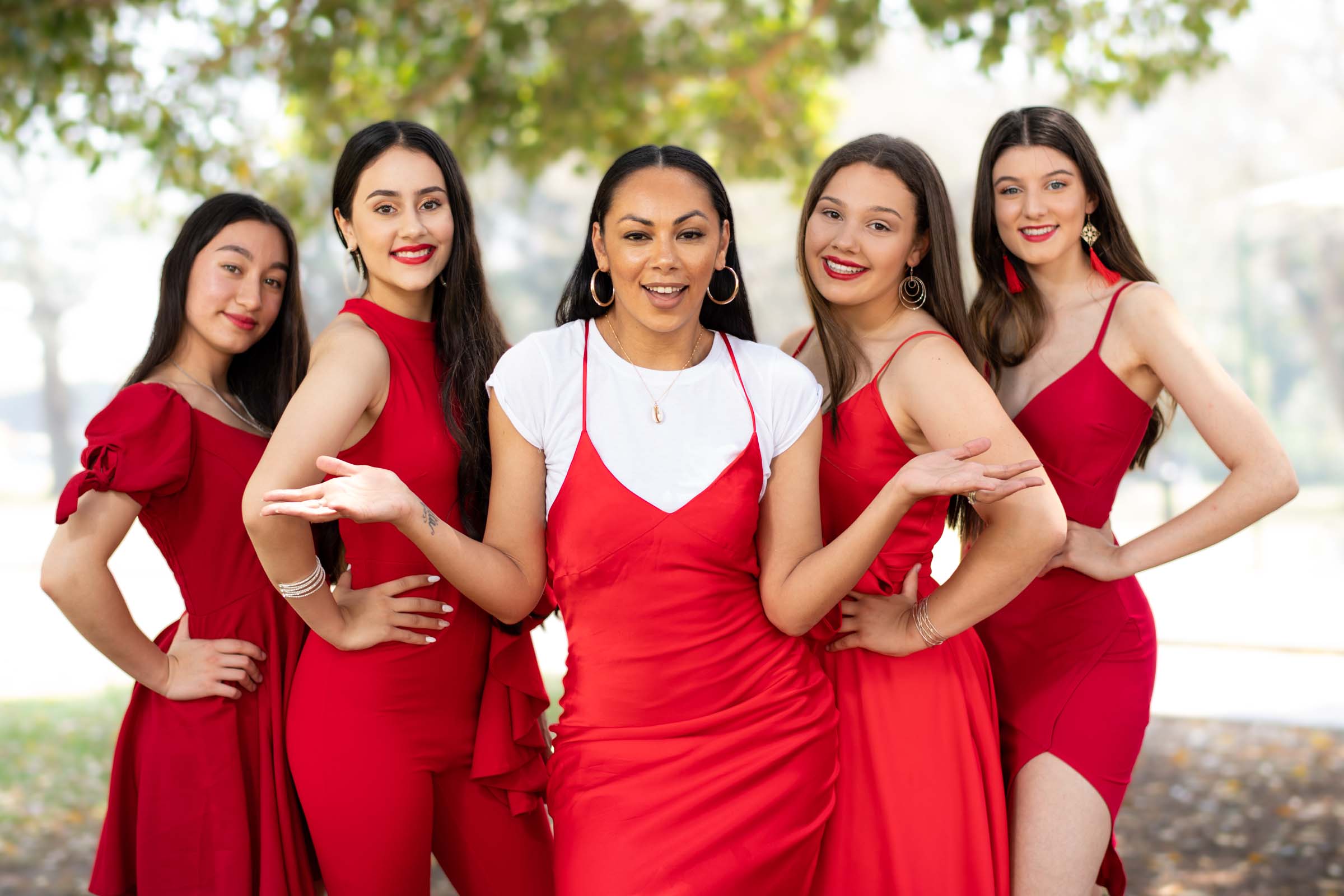
The Power of Open Body Language in Photography When it comes to capturing natural, powerful portraits, body language speaks louder

How Do I Balance Flash with Ambient Light Balancing flash with ambient light is a key skill that separates average

A Photographer’s Guide to Creative Expansion In photography, light isn’t just an element—it’s the language we speak.And when it comes

A Beginner’s Guide to Beautiful Lighting Natural light is one of the most beautiful and accessible tools in a portrait

what you need to know Getting sharp images is a combination of good technique, the right settings, and proper camera
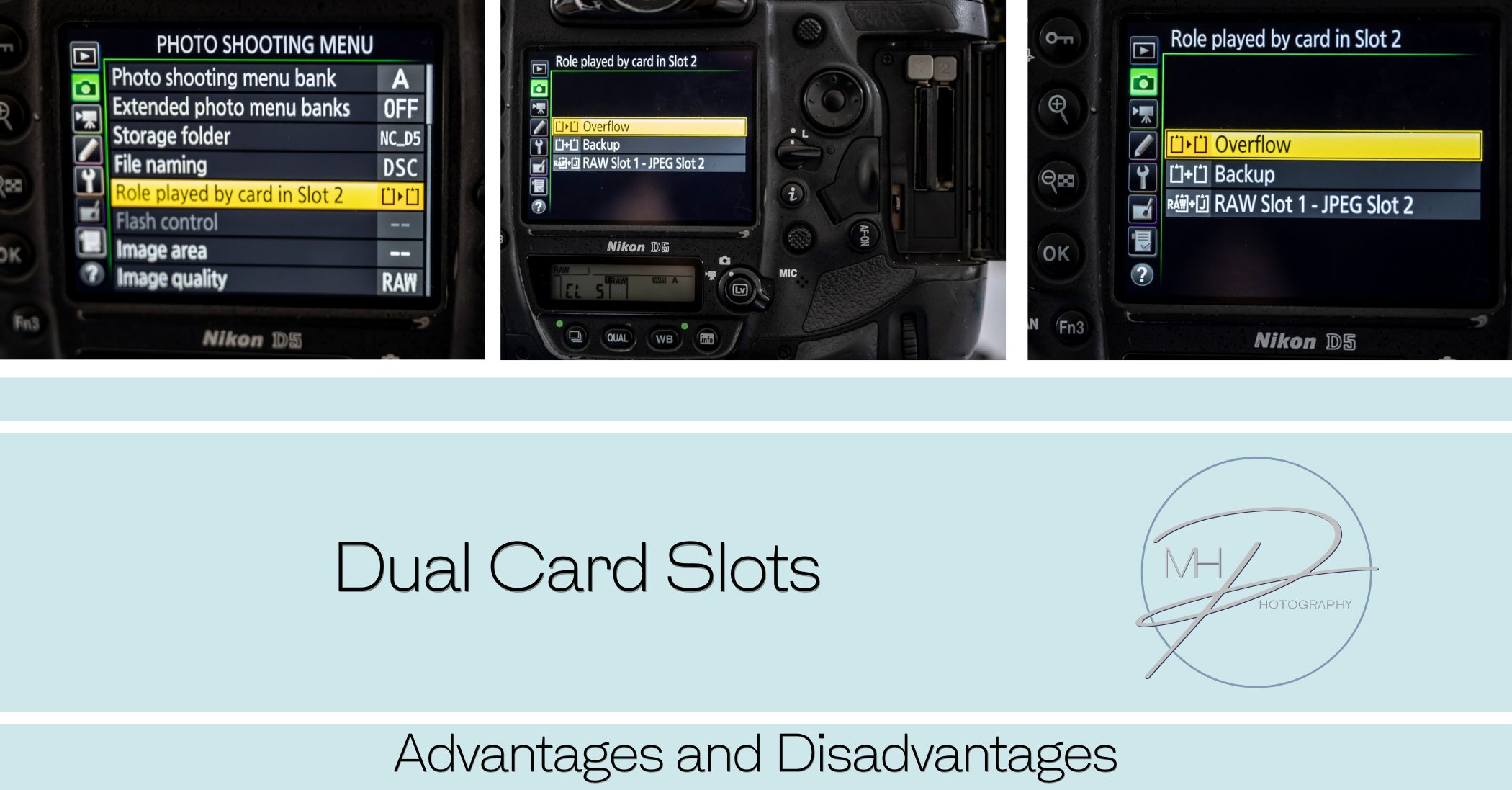
Many professional cameras offer dual card slots, allowing photographers and videographers to use two memory cards simultaneously. This feature enhances
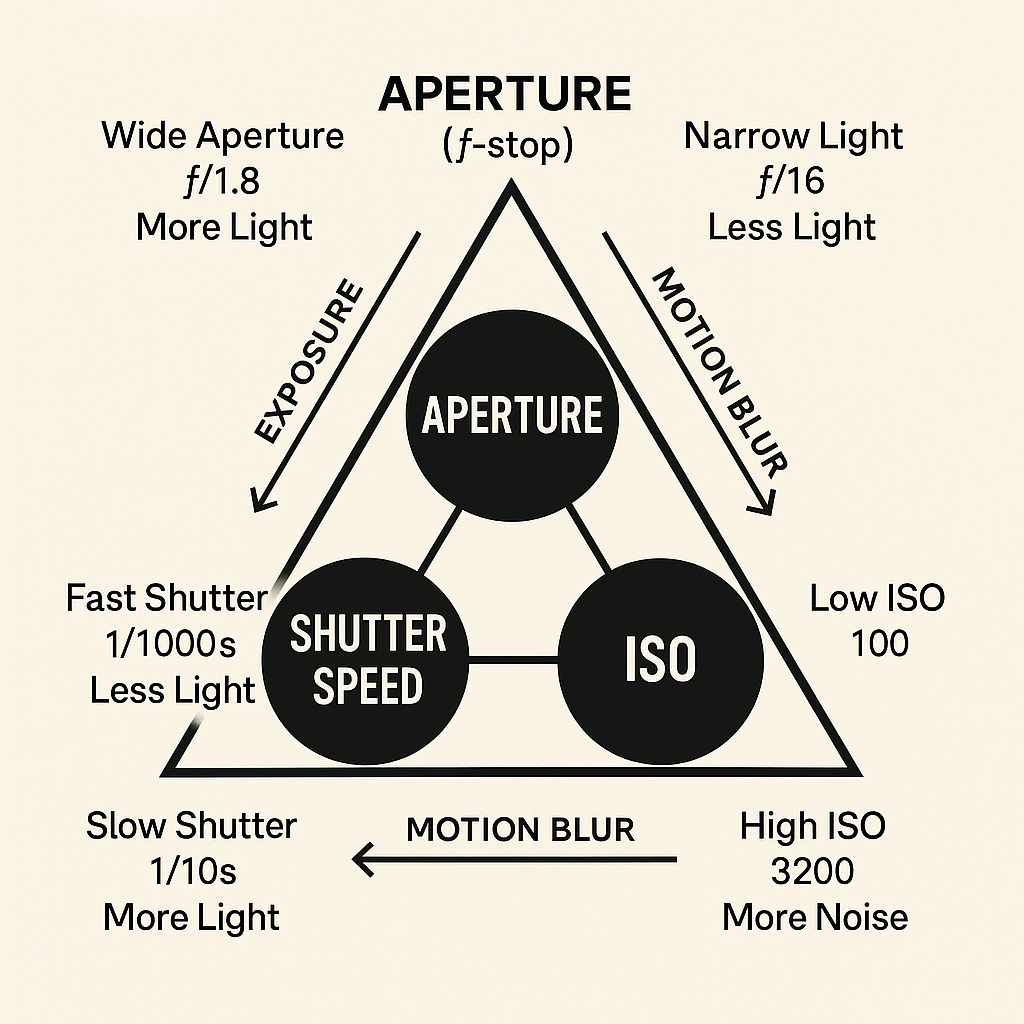
The exposure triangle The exposure triangle is a fundamental concept in photography that explains the relationship between three key elements